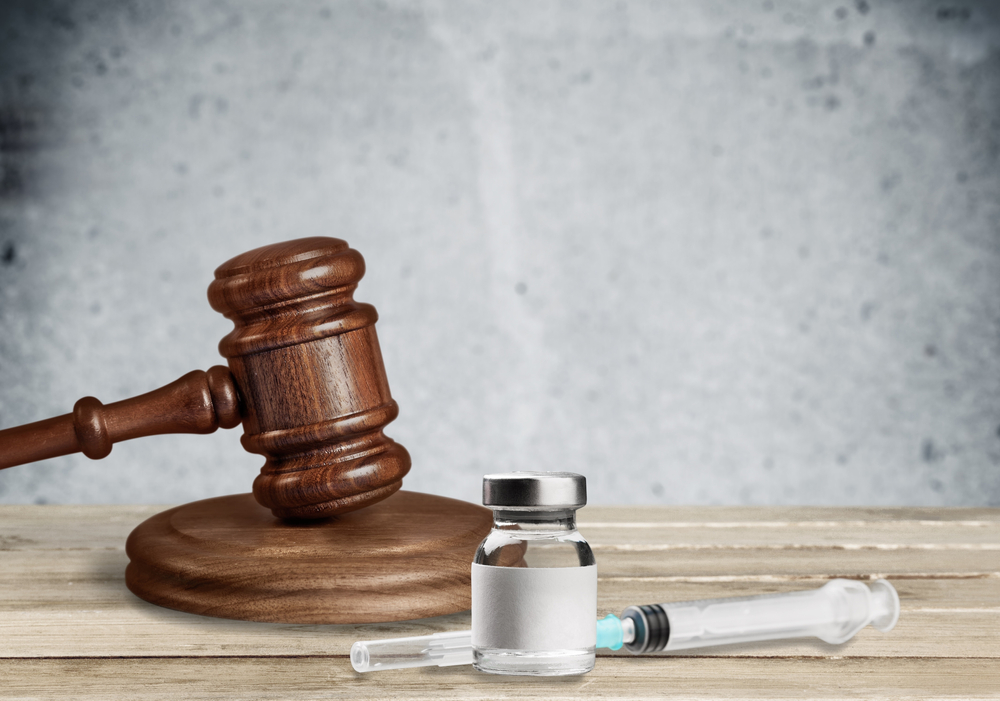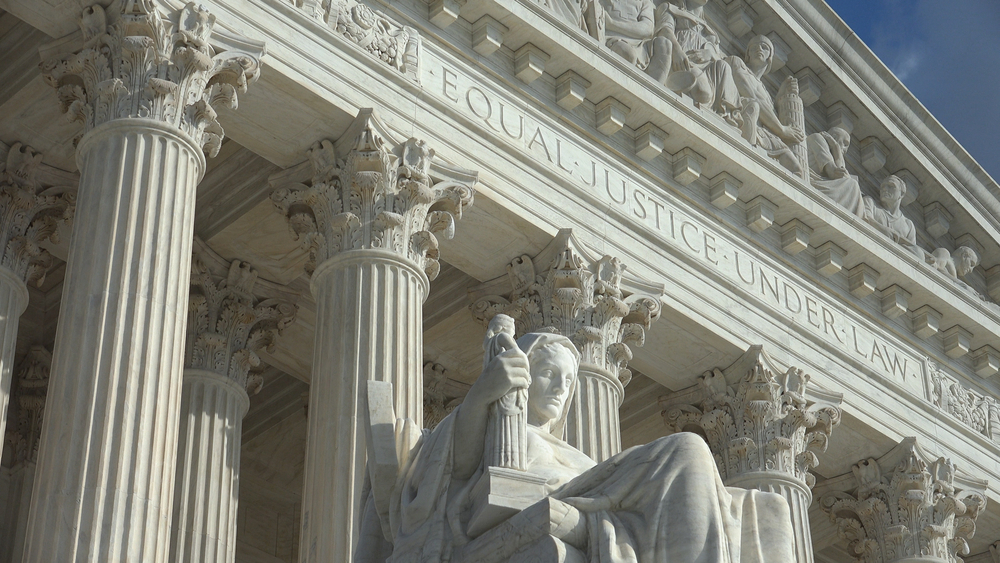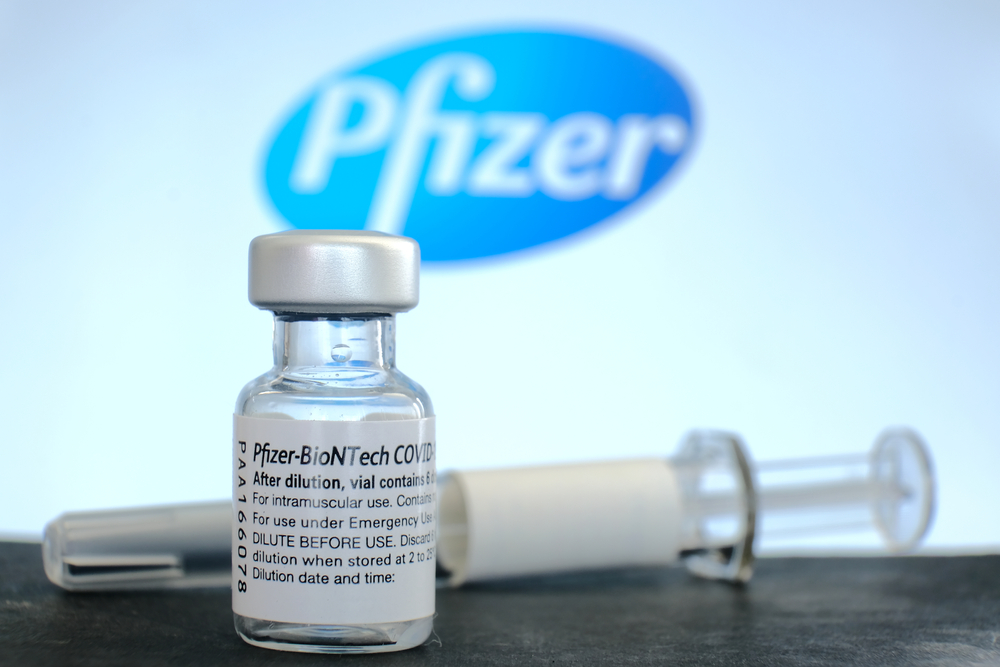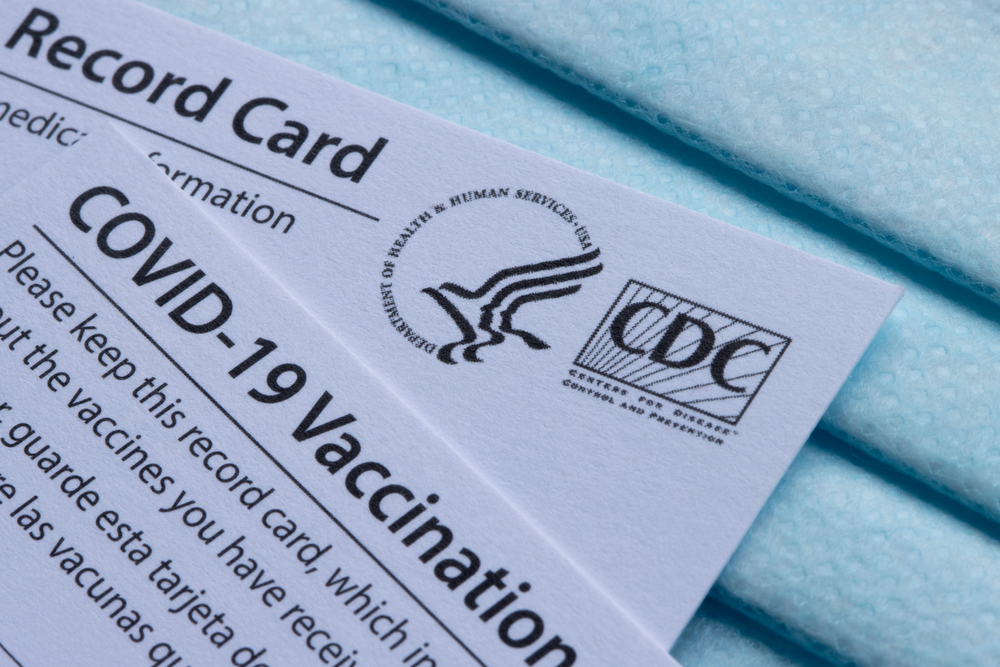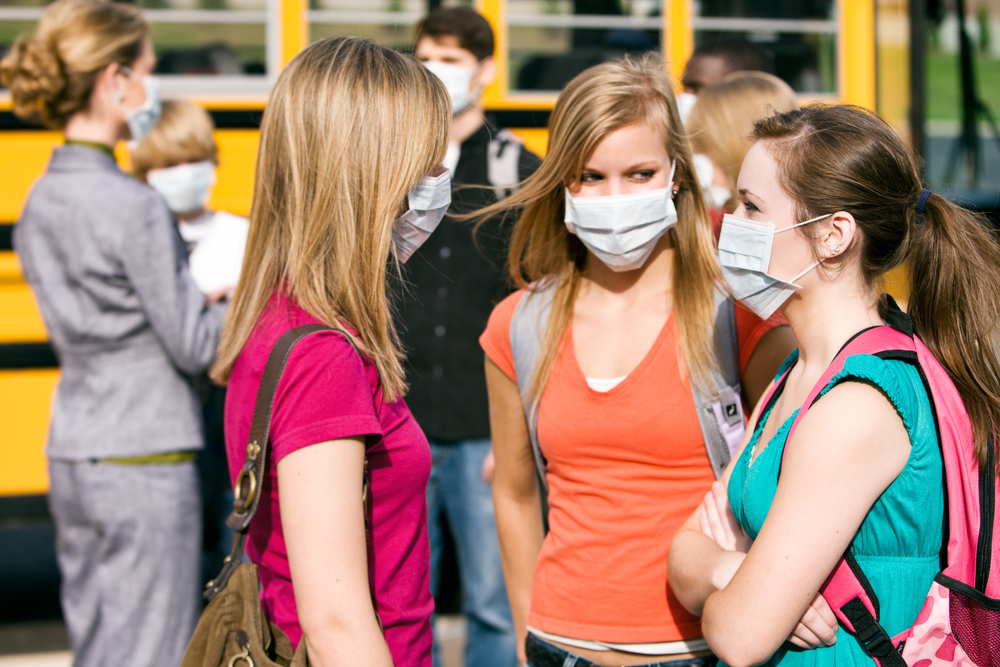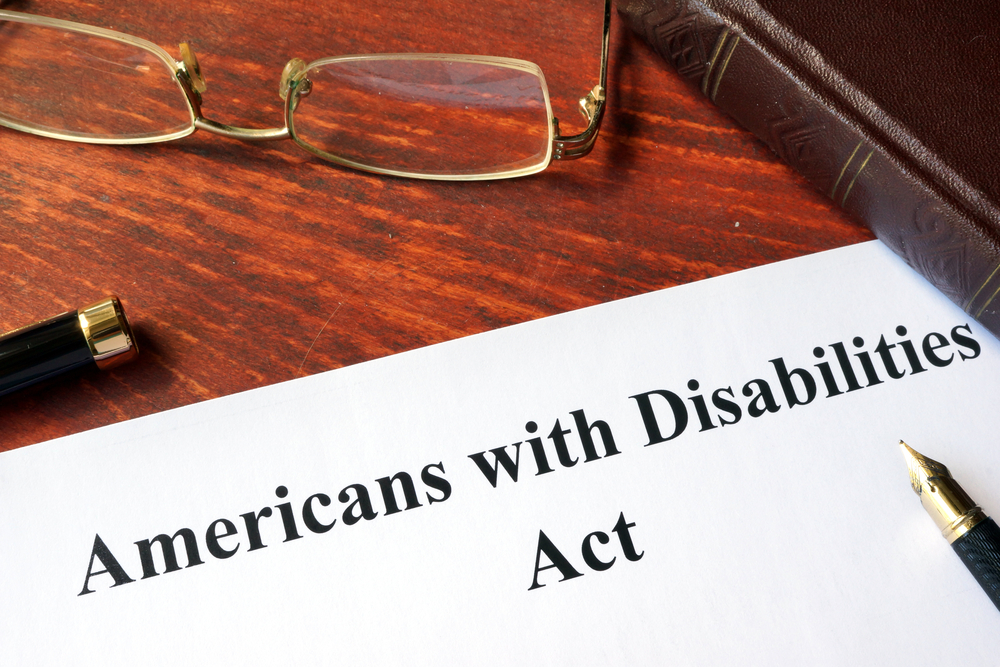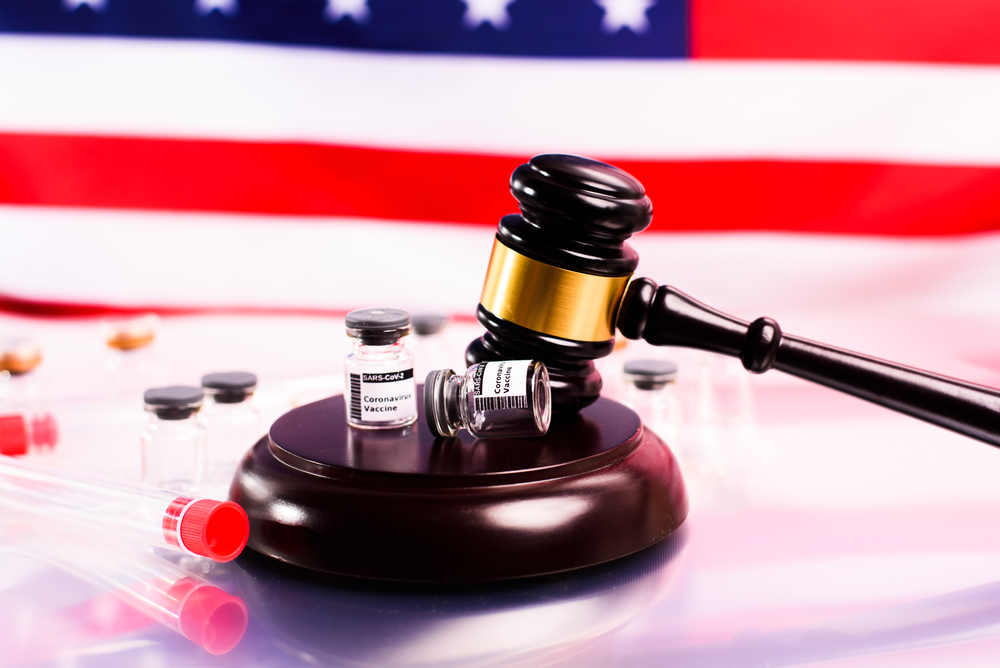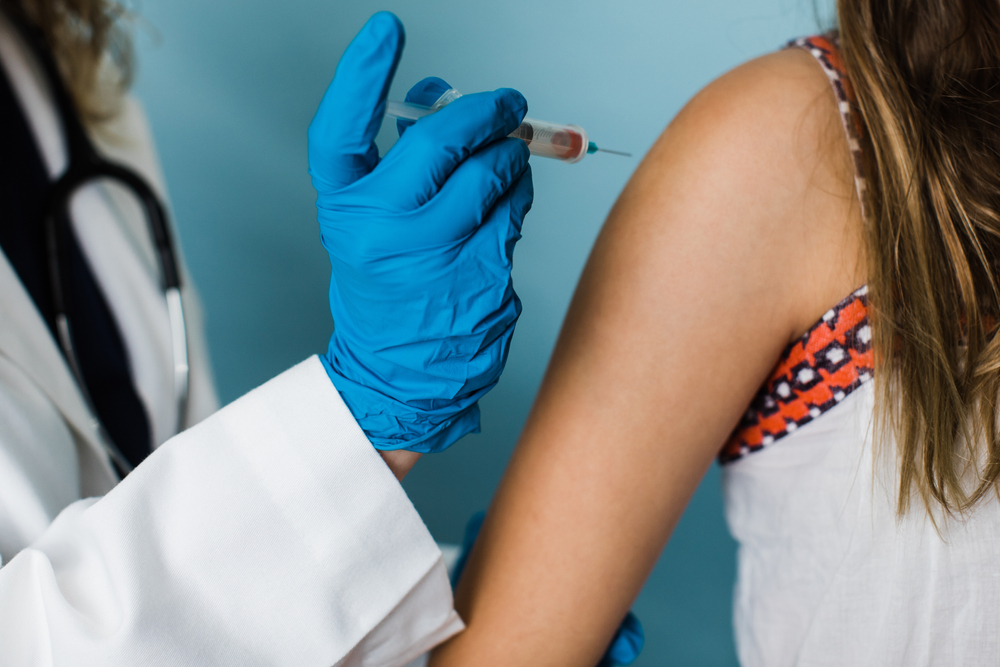Is coronavirus the new death penalty in America’s prisons?
As COVID-19 cases rose, fell and now rise again across the country, prisons and youth detention facilities have consistently continued to see high numbers of infection and yes, death, leading some to call it the new death penalty.
According to the ACLU’s Death by Incarceration Database, at least 1,423, including prisoners and 101 prison staff, have died from the virus. More than 100,000 incarcerated people have gotten sick from COVID-19.
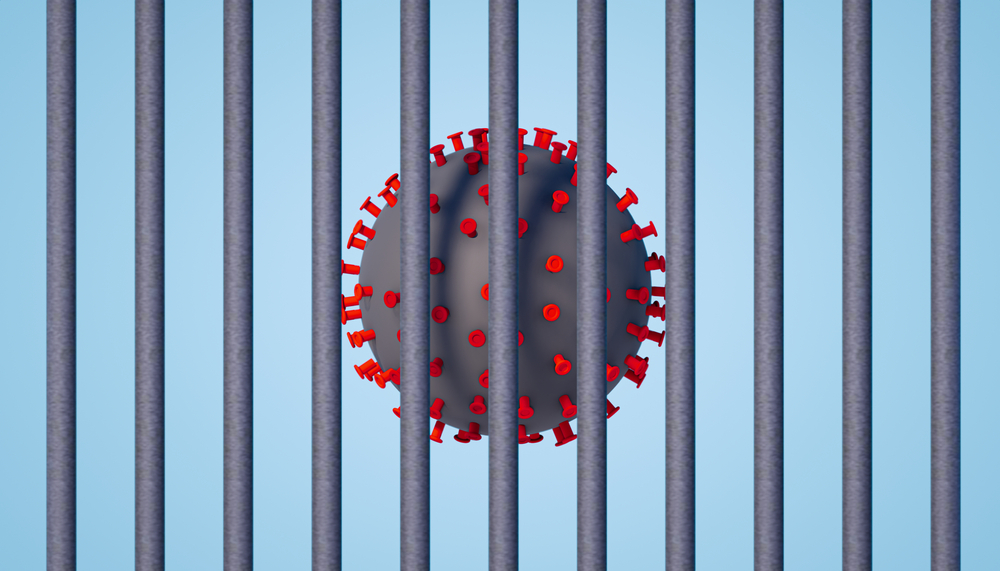
The ACLU database compiles data from the Bureau of Prisons, the Department of Corrections and media coverage across the country. True numbers are likely higher, due to the difficulty in getting information from prisons and jails.
RELATED: Coronavirus spreading swiftly through U.S. prisons
RELATED: Drones pose rising threat to prisons
Criminal justice advocates are speaking out for change, but it has been a rough road.

“It has been a real battle,” said Wanda Bertram, communications strategist for the Prison Policy Initiative, a public think tank that works to put the issue of mass incarceration on the national agenda. “The first few months of the pandemic we began to see local jails take a lot of action to bring their populations down. Sheriffs, jail administrators, county commissions, district attorneys and judges all were doing their part to make sure the jail population went down.”
Jail populations decreased by 30% of what they would normally be, something Bertram said was unthinkable before the pandemic hit. Since then, however, just like restaurants and bars, local jails are back “open for business,” she said.
State and federal prisons were much slower to cooperate, though there has been some progress.
According to joint coverage by NBC News and the Marshall Project, earlier this summer, “of the 10,940 federal prisoners who applied for compassionate release from March through May, wardens approved just 156. Some wardens, including those at Seagoville in Texas and Oakdale in Louisiana, did not respond to any request in that time frame, according to the data, while others responded only to deny them all.”
Right now in Texas, incarcerated individuals are dying at a 35% higher rate than the rest of the U.S. prison population, according to a University of Texas study. “COVID-19 has had a uniquely devastating impact on prisons and jails across the country,” the study states. “At one point, prisons and jails represented 44 of the top 50 COVID clusters in the United States. Criminal justice advocates, policymakers, and public health specialists alike are seeking information about the toll of the crisis and possible solutions to address it.” The virus killed 231 people in custody or working in jails or prisons in Texas as of early October.
In most cases, the only way to win compassionate release was to fight a warden’s denial in court. In Texas, at least, 80% of those who died in jails from COVID were not convicted of a crime, the UT study states.
Youthful offenders are not faring well, either. While deaths are occurring in older adults, COVID-19 has infected numerous incarcerated youths.
“The widespread incidence of COVID-19 inflicts devastating impacts on incarcerated youth, their families, the staff who work in those facilities, and the communities they call home,” according to The Sentencing Project. “It is tracking COVID-19 positive diagnoses among youth and staff at juvenile facilities and the number of known cases in each state.” The nonprofit works for fair and effective criminal justice.
COVID-19 has infected hundreds of youth and staff in juvenile facilities. Due to the close proximity in such group living facilities, there is a need for significant population reductions, the nonprofit contends.
“The Sentencing Project has urged the release of as many youths as possible to bend the curve of infections within the juvenile justice system.”
Cynthia Roseberry, deputy director of policy at the ACLU’s Justice Division, called the number of COVID-related deaths in prisons tragic.
“This tragic milestone is the culmination of a mass incarceration machine that has ballooned out of control and torn apart communities — disproportionately Black and Brown communities — for decades. This system has been used to exclude Black and Brown people from our country’s core institutions and processes, and it gave rise to a culture which tolerated neglect for the health and lives of incarcerated people, their families, and staff.”
The virus in these close environments is now responsible for taking 1,000 lives “recklessly and unnecessarily during a pandemic,” she said before the numbers climbed even higher. “What will it take to dismantle this inhumane, shameful, and deadly system?”
The rate of the viral infection among those in prison, versus those in the general population is significantly higher, CNN reported. It cites a report issued by the National Commission on COVID-19 and Criminal Justice that states that more than 1.3 million people in the U.S. are incarcerated in state and federal prisons, and the virus continues to be a significant problem.
Prisoners’ inability to social distance is a big part of it, due to small spaces, the report states. “As of mid-August, correctional facilities represented 19 of the top 20 clusters of confirmed COVID-19 cases in the U.S. By Sept. 1, UCLA’s COVID-19 data project had reported that more than 155,000 COVID-19 cases and more than 1,000 deaths among people working and housed in state and federal prisons.”
Some progress is being made. State prison populations have dropped by about 14% more recently. In Florida’s Miami-Dade County jails, the jail population has reportedly dropped from about 4,000 people to about 3,200 people — about a 20% decrease in the average daily population since the pandemic. The reduction effort is the result of work put in my lawyers and judges.
The ACLU has been working tirelessly in New Jersey and the effort is paying off, Bertram said. The civil rights organization has worked with the governor to increase the number of clemencies he has granted and then later, because that still was not enough, a bill just went into effect that mandates people who are close enough to their release date or meet certain criteria are all being let out of prison. “Last week 2,000 people were let out,” she said. “On principle, it is proof of concept of what other states can do.”
Bertram said she is optimistic new policies for release will be considered in light of lessons learned during this pandemic.
“I am optimistic it will stick. What I worry about is how vocal and how shameless many of the tough-on-crime pundits are in picking out the one person they let out that commits a crime that they will hold up and say we should have never let anyone out of prison due to the pandemic.”
Such individuals have been backing such reforms for decades, she said.
“But I have reason to hope. We have seen counties and states do things they have never done. California instituted zero-dollar bail for all misdemeanors and some low-level felony offenses. Once you do it, do you really want to go back? The order from courts expired a while ago and most counties just stuck with it.”










